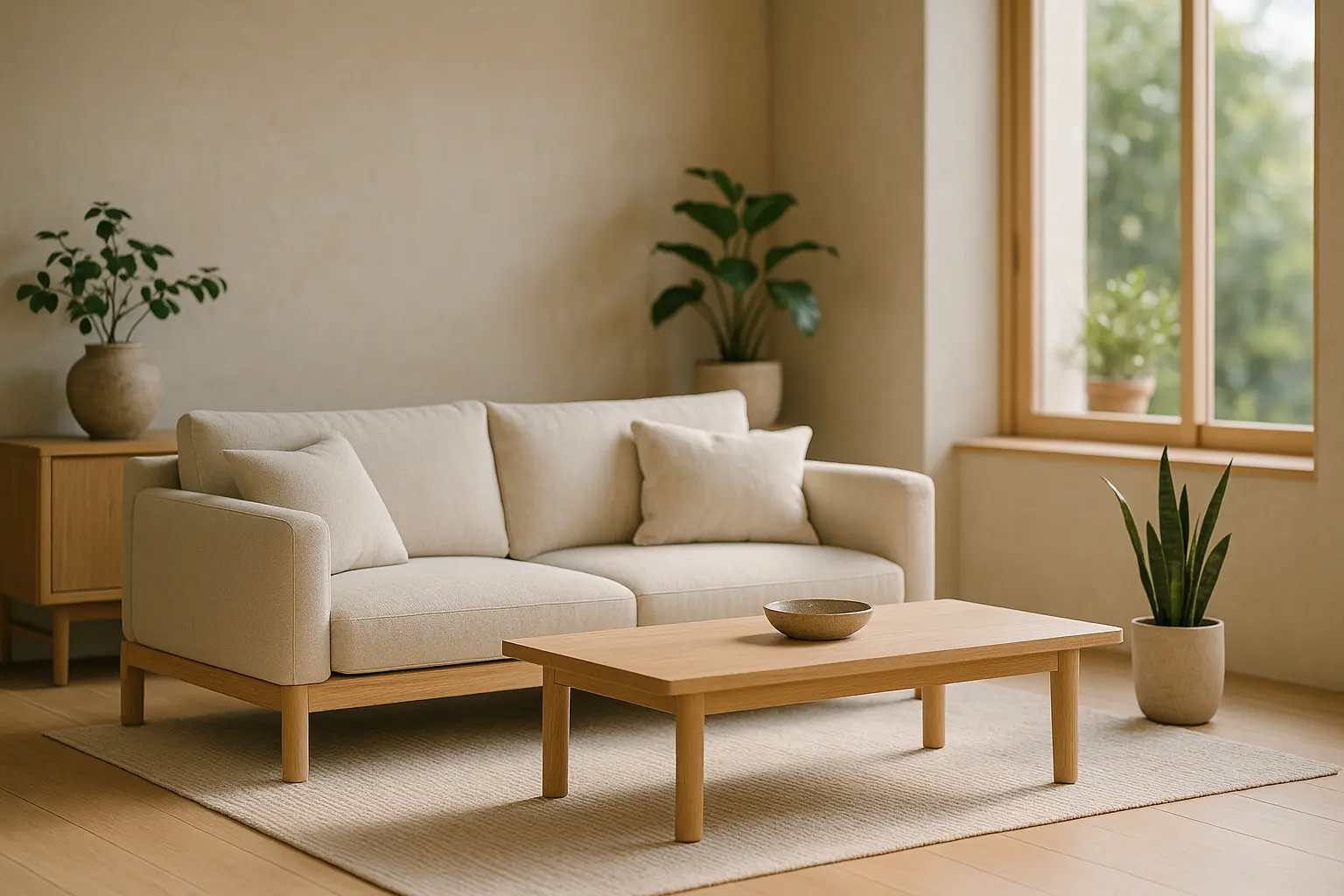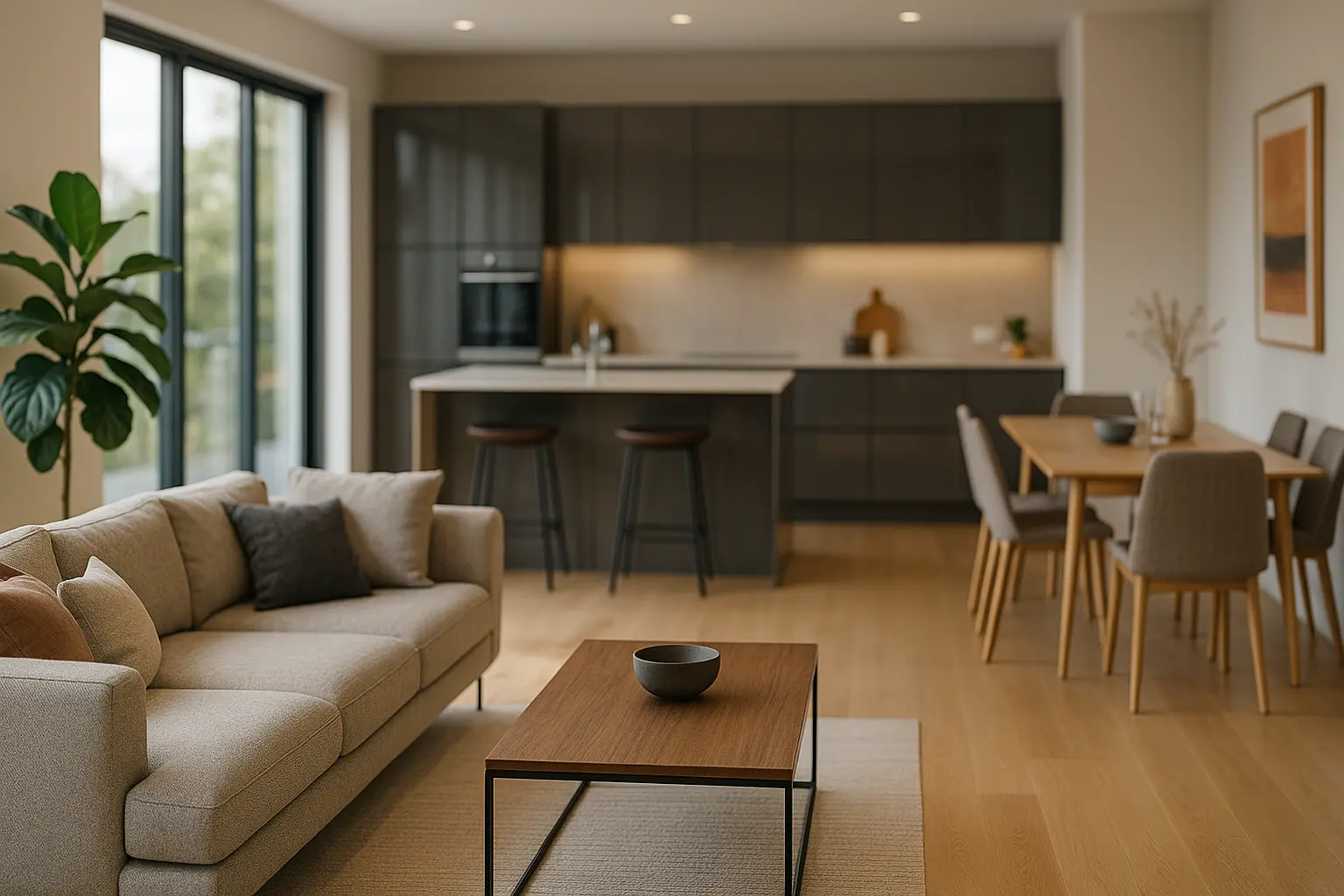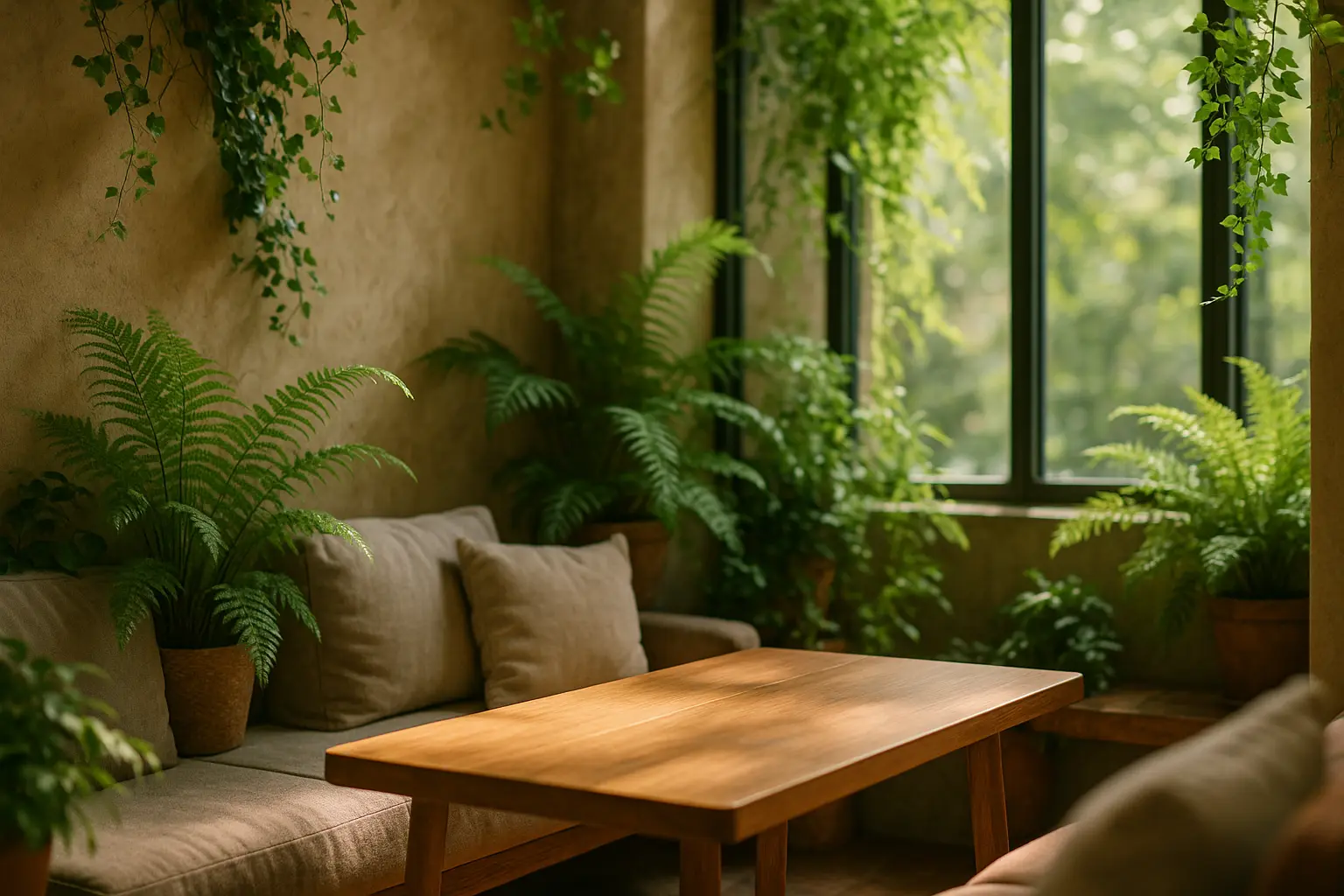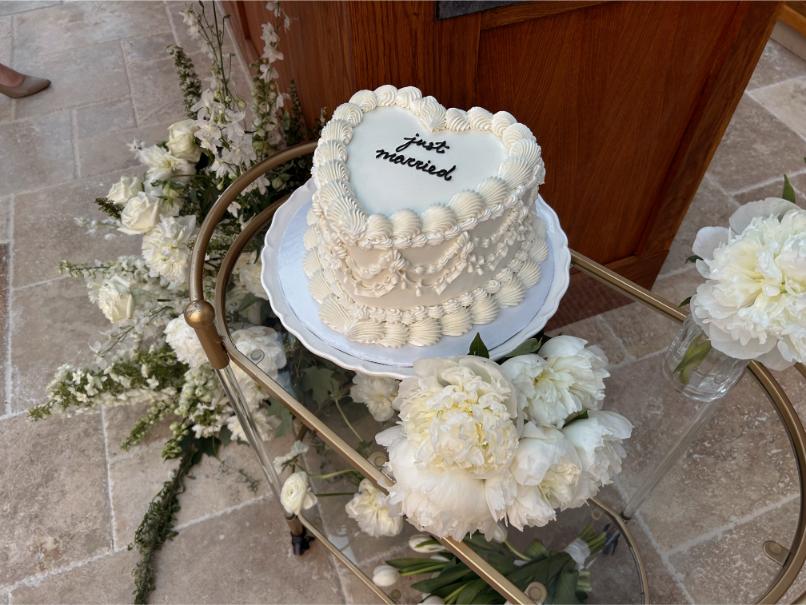Is Japandi the Most Relaxing Interior Style Yet?
In an ever-evolving world, where our homes have transformed into sanctuaries from the bustling chaos, the pursuit of serene interiors has never felt more urgent. Enter Japandi, a design phenomenon that fuses the simplistic elegance of Japanese minimalism with the cozy warmth of Scandinavian style. As we explore this harmonious blend, we’re greeted by clean lines, natural materials, and a neutral palette that whispers tranquility. Japandi is not just a design; it’s an invitation to immerse ourselves in a space that nurtures both body and soul.
The Essence of Japandi Design
At the heart of Japandi lies a profound respect for nature’s beauty, an appreciation that both Japanese and Scandinavian aesthetics share. This style is a celebration of craftsmanship and simplicity, where each piece of furniture serves a purpose beyond its physical presence.
A Symphony of Natural Materials
In Japandi, we find an artful blend of materials that echo nature’s own palette. From the warm embrace of wood to the cool touch of stone, every element is chosen for its tactile appeal and visual harmony. Japanese room design often incorporates tatami mats and shoji screens, while Scandinavian interiors favor oak, pine, and birch. Together, these elements create a space that is both inviting and grounded.
Embracing Minimalism with a Human Touch
While both Japanese and Scandinavian styles are renowned for their minimalist approach, Japandi adds an emotional depth that comes from the thoughtful integration of textures and colors. It’s about creating a space that feels lived-in yet uncluttered, where each item tells a story and invites a sense of belonging.
Neutral Colors with a Splash of Warmth
The colors of Japandi interiors reflect the natural world, with a focus on soft, neutral tones that soothe the senses. Light grays, whites, and muted browns dominate, but there is always room for a touch of warmth—be it through a terracotta vase or a blush pink throw—adding layers of comfort and intimacy.
Creating a Japandi-Inspired Living Space
Embarking on a journey to transform our living room into a Japandi haven requires a thoughtful approach. It’s about curating an environment that allows us to breathe, to reflect, and to simply be.
Furniture: The Pillars of Comfort and Style
In a Japandi living room, furniture takes center stage, with each piece chosen for its balance of form and function. Low-profile sofas and chairs invite relaxation, while sleek coffee tables offer practicality without intrusion. The key is to maintain an airy, spacious feel where each item contributes to a cohesive whole.
Inviting Light and Nature Indoors
Lighting plays a pivotal role in the Japandi aesthetic, with an emphasis on maximizing natural light to create an ethereal glow. Large windows, sheer curtains, and strategically placed mirrors amplify the light, blurring the lines between indoors and outdoors. Complement this with natural decor elements such as potted plants or bamboo accents, which breathe life into the space.
Layering Textures for Warmth
To achieve a comforting ambiance, we can layer a variety of textures—soft woolen throws, silk cushions, and plush rugs—each adding depth and warmth. In the Japandi style, it’s these intricate details that transform a space into a sanctuary, offering a tactile experience that engages our senses.

Designing a Tranquil Japandi Bedroom
Our bedrooms are a personal retreat, a place for rest and rejuvenation, making it an ideal canvas for the Japandi design philosophy. Here, the goal is to create a serene environment that invites deep, restorative sleep.
The Art of Simplified Elegance
The bedroom in a Japandi home is a testament to simplicity, where less is undeniably more. A low platform bed crafted from natural wood embodies the aesthetic, accompanied by minimalist bedside tables and a carefully curated selection of decor.
A Soft Palette for Serenity
The color scheme remains rooted in neutral hues, with soft creams and gentle beiges setting the tone. Accents of muted green or pale blue can introduce a subtle hint of color, evoking a sense of tranquility and calm.
Mindful Organization
In a Japandi bedroom, clutter is kept at bay through clever storage solutions. Think built-in wardrobes, under-bed drawers, and wall-mounted shelves. These allow us to maintain a clean, organized space where everything has its place, promoting a peaceful, clutter-free environment.
Personal Touches
Despite its minimalist foundation, a Japandi bedroom still reflects personal taste. Whether through carefully chosen art pieces or cherished mementos, these elements add a personal dimension to the otherwise restrained aesthetic.
As we stand at the cusp of a design revolution, Japandi emerges as a beacon of tranquility in our modern world. This style is more than a visual aesthetic; it is a philosophy that asks us to embrace simplicity, natural beauty, and intentional living. In creating Japandi spaces, we are invited to craft homes that nurture our well-being and echo the serene rhythms of nature. Let us welcome this new dawn of interior harmony, where every room tells a story of balance and peace.
FAQ
What defines the Japandi interior style?
Japandi is a harmonious blend of Japanese and Scandinavian design elements. It emphasizes functionality and minimalism, creating spaces that are both aesthetically pleasing and practical. This style often features natural materials, neutral color palettes, and a focus on simplicity.
How does Japandi compare to other interior styles in terms of creating a relaxing atmosphere?
Japandi is known for its calming and serene ambiance, achieved through its minimalist approach and use of natural elements. Unlike more eclectic styles, Japandi reduces visual clutter, promoting a sense of tranquility and peace in a space. Its emphasis on simplicity and natural light further enhances relaxation.
What materials are commonly used in Japandi interiors?
Japandi interiors often incorporate materials like wood, bamboo, linen, and stone. These natural elements are chosen for their ability to bring warmth and texture to a space while maintaining a clean and uncluttered look. The use of sustainable materials is also a key aspect of the Japandi aesthetic.
Can Japandi style be incorporated into any home?
Yes, Japandi can be adapted to various types of homes, from urban apartments to suburban houses. The core principles of minimalism and functionality can be applied to different spaces, allowing for a personalized interpretation of the style. It’s about finding the right balance that suits your environment while maintaining the essence of Japandi.
Are there specific color palettes recommended for a Japandi-inspired space?
Japandi interiors typically feature a neutral color palette, including shades of white, beige, soft grays, and muted earth tones. These colors help create a calm and cohesive environment. Accents of deeper hues, such as navy or forest green, can be added for contrast and depth, maintaining the overall serene vibe.













